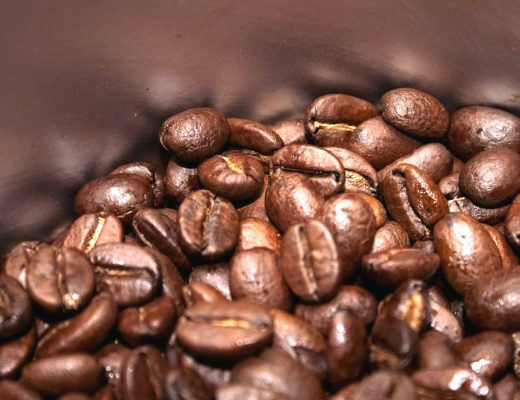“Butterfly, butterfly, come into the light, oh, what a beautiful sight.“ Contemporary poet, Sharon Adamson, captures the thinking of all who delight at the sight of a monarch butterfly. But action is badly needed or there will be no fluttering of those little wings that resemble stained glass windows in a church building. The monarch butterfly is in trouble.
Beginning last June, the Arbor Day Foundation joined partners in the fight to reverse a terrible trend that has claimed more than 80% of these valuable pollinators since the mid-1990s. As part of the Rain Forest Rescue® program, the goal is to plant and restore portions of the monarch’s winter home where illegal logging and wildfires have destroyed nearly 25% of the very limited habitat that is essential to the butterfly’s survival. This is Zona Nucleo in Michoacán, Mexico, where monarch butterflies end their incredible annual migration from as far away as 3,000 perilous miles. It is home to an ecological link necessary for their survival, the oyamel fir. In this valuable forest species, a single tree may protect 20,000 butterflies from winter rain and cold.
Specifically, 21,666 trees are being planted across 40 acres of land in need of restoration.
Partners include L’Oreal, the world’s leading beauty company, and International Paper, producer of renewable, fiber-based packaging and other paper products. On the ground, the technology-driven reforestation experts, Land Life Company, works alongside the Mexican Ministry of Forestry, the Ministry of Protected Natural Areas, and the World Wildlife Fund. Local community members are also important partners. They are being recruited to guard against illegal activities and to adopt sustainable land use practices to ensure the future of the forest they depend on for economic stability and clean water. The restoration project is also creating jobs for more than 50 indigenous people living in the area.
Dr. Alissa Campbell Shaw, executive director of the International Paper Foundation says, “We are so excited to improve this critical habitat while engaging the local community that depends on this forest.” She adds, “Fiber used to make our products comes from responsibly managed sources. We will not knowingly accept fiber from illegally logged forests or from forests where high conservation values are threatened by management activities.”
Stephane Rinderknech, president and CEO of L’Oreal USA, says of her company’s involvement, “The great monarch migration is one of our planet’s most precious natural wonders, and the butterfly is a critical pollinator and the living embodiment of beauty. At L’Oreal, we have a global commitment to sustainability, and protecting biodiversity is at the heart of our L’Oreal for the Future program.”
The monarchs truly are a natural wonder.
Those that live in parts of the western United States can find suitable winter habitat on the California coast in Monterey pines. But Midwest and eastern members of the species somehow fly 50–100 miles a day and take up to two months to complete their journey. Scientists are still trying to figure out how the little creatures navigate, but it is likely a combination of the magnetic pull of the Earth and the position of the sun. Their objective is to reach the oyamel fir forest that lies between 7,800 and 12,000 feet above sea level. Humidity and temperature in the forest’s microclimate is precisely what the monarch butterflies need to survive.
With the help of excellent partnerships that make the protection and restoration of the monarch’s winter habitat possible, Sharon Adamson’s beautiful sight in the summer light can always be part of the land in which we live.




